Umbilical Hernia
What is an Umbilical Hernia?
- An umbilical hernia is caused by a weakness of the connective tissue and abdominal muscles around the belly button (also known as the “umbilicus”).
- This weakness creates an opening, known as a defect, which allows for underlying fat or intestine to protrude through the abdominal wall and form a bulge under the skin in or around your belly button.
- Umbilical hernias are frequently seen in children, but they are also common in adults. In children, the defects often close with age and may not require surgery. In adults, umbilical hernias do not heal themselves and can only be repaired with surgery.
Signs and Symptoms of Umbilical Hernia
- A bulge in or near the belly button.
- Abdominal pain or pressure, which may worsen when coughing or straining.
Causes of Umbilical Hernia
- Two types of umbilical hernia.
- (1) Congenital umbilical hernia.
- (2) Acquired umbilical hernia.
Congenital umbilical hernia
- (1) Congenital umbilical hernia: A congenital umbilical hernia is present at birth. The umbilical cord was attached at the belly button during development in the womb, and a natural opening in the muscles exists at this site because of the blood vessels entering the fetus while in the womb.
- When this area of muscle does not close completely after birth, a congenital umbilical hernia can form. Typically, children without symptoms of their hernia can be watched until they reach school age before considering repairing them.
Acquired umbilical hernia
- (2) Acquired umbilical hernia: Acquired umbilical hernias develop over time in adults from age or injury that leads to an opening in the muscle under or adjacent to the belly button.
- Conditions that increase pressure in the abdomen contribute to the development of the hernia because the pressure stretches this area of natural weakness. Continued exertion or weight gain increases the size of the defect and can push intestines or other organs through the opening. Many of these conditions are listed below.
Risk Factors
- Chronic cough.
- Smoking.
- Obesity.
- Straining while lifting heavy objects.
- Straining during bowel movements.
- Pregnancy.
- Certain medications, such as steroids.
- Born prematurely.
Clinical Features
- Swelling in the umbilical region:- Increase in coughing/straining.
- Cough impulse- expansile impulse is present.
- The patient may also have an inguinal hernia.
- Reducibility can be present.
- The crescent-shaped appearance of the umbilicus.
- A patient complained of pain due to tissue tension, and symptom of intermittent bowel obstruction.
- Dermatitis in case of large hernia (due to thinned & stretched overlying skin).
Differential Diagnosis
- Benign lymph node metastasis
- Epididiymo orchitis
- Epididymal cyst
- Epididymitis
- Hydrocele
- Lymphadenopathy
- Spermaotocoele
- Testicular malignancy
Diagnosis
A medical professional will often identify a hernia via a physical examination. The healthcare professional will feel and inspect for any edema or bulging near the abdominal button. When a baby cries, the swelling can be more apparent, and when it relaxes or lies on its back, it might lessen or go entirely. The doctor will assess whether the hernia can be forced back into the abdominal cavity, or whether it is reducible, during the examination.
In order to determine whether the umbilical hernia has been incarcerated—that is, trapped within the abdominal opening—a dangerous medical condition in which the protruding intestine becomes stuck and loses its blood supply—the healthcare provider will also look for and complete a medical history. If the intestine is not restored, it can become necrotic very quickly, necessitating the surgical removal of the damaged intestine.
The following symptoms may indicate strangulated umbilical hernia:
The following symptoms may indicate strangulated umbilical hernia:
- Abdominal pain
- tenderness
- Constipation
- Fever
- Full, round abdomen
- Red, purple, dark, or discolored bulge
- Vomiting
In order to check for infections resulting from the strangulated gut, the healthcare professional could prescribe blood tests. In order to examine the intestine more thoroughly, they might also request an MRI, CT, barium X-ray, or ultrasound, particularly if the hernia is no longer reducible.
Treatment of Umbilical Hernia
Physiotherapy Treatment

- Deep breathing exercises.
- Intermediate exercises.
- Pelvic tilt exercises.
- Yoga therapy.
- Babies and children: In the majority of cases, the hernia closes on its own by the age of 12 months. Sometimes, the doctor may be able to push the lump back into the abdomen (it is important that only the doctor does this).
- Surgery may be ordered if:
- The hernia grows after the child is 1-2 years old.
- The bulge is still there by the age of 4.
- If the intestines are within the hernial sac, preventing or reducing the movement of the intestines (called peristalsis).
- If the hernia becomes trapped.
- Adults: Surgery is usually recommended, to prevent potential complications, especially if the hernia grows or starts to hurt.
- PRECAUTIONS:
- Avoid lifting weights and vigorous exercises.
- Persistent cough, constipation, and urinary problems should be treated urgently.
- Depending on the size of your hernia an abdominal binder or a kind of support belt may be advised for about three months to support your tummy.
Surgical Treatment of Umbilical Hernia
- Umbilical hernia surgery is a small, quick operation to push the bulge back into place and to make the abdominal wall stronger.
- In most cases, the patient will be able to go home on the same day.
The surgeon makes an incision at the base of the belly button and pushes either the fatty lump or bowel back into the abdomen. - Muscle layers are stitched over the weak area in the abdomen wall, effectively strengthening it.
- Dissolvable stitches or a special glue are used to close the wound. Sometimes, the surgeon will place a pressure dressing, which remains there for 4-5 days.
- An umbilical hernia operation usually takes about 20-30 minutes.
Post-surgery Recovery
After being released from the hospital, a patient could experience soreness and pain where they had surgery. This soreness can be lessened by taking painkillers, avoiding vigorous activity, and dressing loosely.
Additionally, a person may have edema nearby for a few weeks.
Occasionally, the surgeon will dress the hernia with pressure. To prevent infection, it is crucial to keep this dry and clean.
People may heal from surgery and resume their normal activities more quickly if they wear hernia support garments.
Epidemiology
In the general adult population, umbilical hernias occur 2% of the time; however, in obese multiparous women and patients with chronic kidney disease, they occur significantly more frequently. Umbilical hernias occur in up to 20% of cirrhotic patients with oedema. With a 3:1 ratio, it is more prevalent in females.
Generally speaking, females are more likely to have an asymptomatic reducible hernia, while males with umbilical hernias most frequently present while incarcerated. Males undergo 70% of umbilical hernia procedures. In the US, about 175,000 repairs of umbilical hernias are made each year.
Complications
Complication are uncommon in children. When the projecting abdominal tissue gets trapped and cannot be forced back into the abdominal cavity, complications may arise. This can cause tissue damage and stomach pain by cutting off the blood flow to the part of the intestine that is stuck.
Tissue death may result if the intestine’s trapped section is completely unable to receive blood supply. An infection could become worsens if it spreads throughout the abdominal cavity.
An intestinal blockage is mostly found in adults. These problems usually require emergency surgery to manage.
When to Consult Doctor?
Consult your baby’s physician if you think they may have an umbilical hernia. If your child has an umbilical hernia, get them emergency care and:
- seems to be experiencing pain
- starts to vomit
- Has Tenderness, soreness, edema, or discolouration where the hernia is
Adults are subject to the same guidelines. If you have a bulge close to your navel, see your doctor. If the bulge starts to hurt or become tender, get emergency assistance. Early examination and treatment can help avoid complications.
Prognosis
After recovery, things look excellent. Recurrence, however, is typical among people who keep gaining weight. Furthermore, there is a slight chance of intestinal blockage.
Summary
A portion of the colon or some fatty tissue protruding out of an opening in the abdominal muscles causes an umbilical hernia. A protrusion must occur within 3 cm of the naval wall for medical professionals to diagnose it as an umbilical hernia.
Hernias of this kind are frequent in babies and usually go away on their own. The majority of adult cases of umbilical hernias are caused by increased abdominal wall pressure. Suffering from several pregnancies or extreme straining may be the cause of this additional pressure.
Adult umbilical hernias are more likely to cause complications, and they nearly always need to be surgically repaired. The average length of a hernia surgery procedure is twenty to thirty minutes, during which the patient is fully anesthetized.
FAQ
How serious is an umbilical hernia?
There is a chance that an umbilical hernia will get stuck or “incarcerated,” which could result in excruciating pain, nausea, vomiting, or difficulty passing gas from the rectum. This is an emergency, so you should go to the emergency department or call your doctor right once if it occurs.
What is the best treatment for umbilical hernia?
When surgery becomes necessary. Surgery to reinforce the weak abdominal wall and put the bulge back into place may be required to treat umbilical hernias. If your child’s hernia is significant or hasn’t gone away by the time they’re 4 or 5 years old, this procedure might be advised.
Can umbilical hernia heal without surgery?
In most cases, umbilical hernias in babies will heal on their own within the first year of life. This is because the muscles around the navel are still developing and strengthen over time. However, in some cases, the hernia may not heal on its own, and surgery may be necessary.
For adults, umbilical hernias are less likely to heal on their own. This is because the muscles around the navel are more likely to weaken with age. Surgery is usually the recommended treatment for umbilical hernias in adults.
What are the causes of umbilical hernia?
The umbilical cord passes through a tiny muscle opening in the baby’s abdomen during gestation. Usually, the aperture shuts soon after birth. An umbilical hernia can develop at birth or later in life if the muscles in the midline of the abdominal wall do not fully fuse together.
What size of umbilical hernia needs surgery?
If the umbilical hernia is large (more than 4 cm), laparoscopic surgery is generally recommended. In patients who are at risk (obesity, smoking), this can reduce the incidence of wound infections, post-operative discomfort, length of hospital stay, and other problems.
How can I improve my umbilical hernia without surgery?
Without surgery, a hernia typically does not go away. Non-surgical methods such using a truss, binder, or corset might apply mild pressure on the hernia to keep it in place. These techniques could help reduce your pain or discomfort if you are either waiting for surgery or are not well enough to undergo it.
Is a 5 cm umbilical hernia big?
Small hernias (less than 1 cm), medium hernias (between 1 and 3 cm), and large hernias (more than 3 cm) are all prevalent. A minor umbilical hernia can be repaired in a variety of ways, and in the modern world, it is crucial to confirm that the method being used on you is the best one.

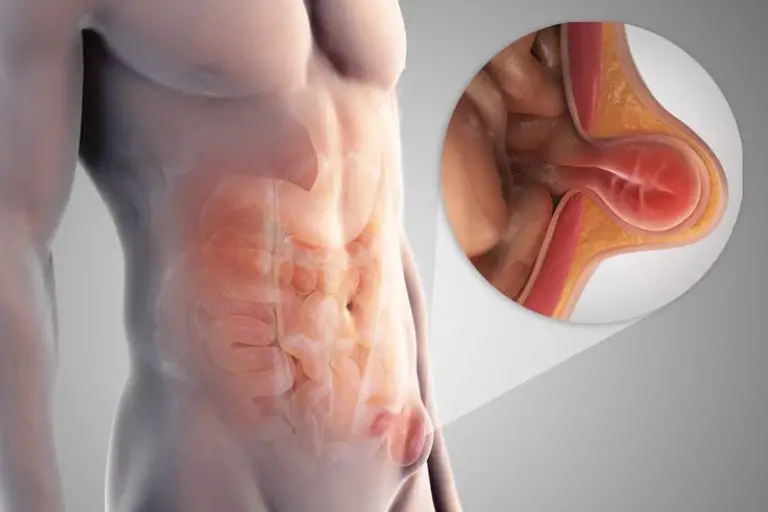
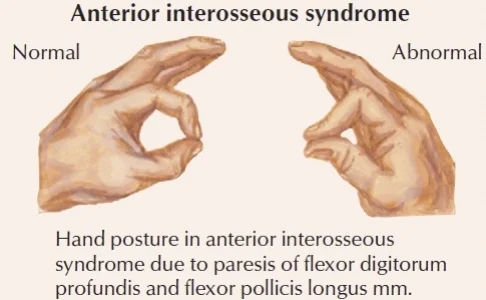
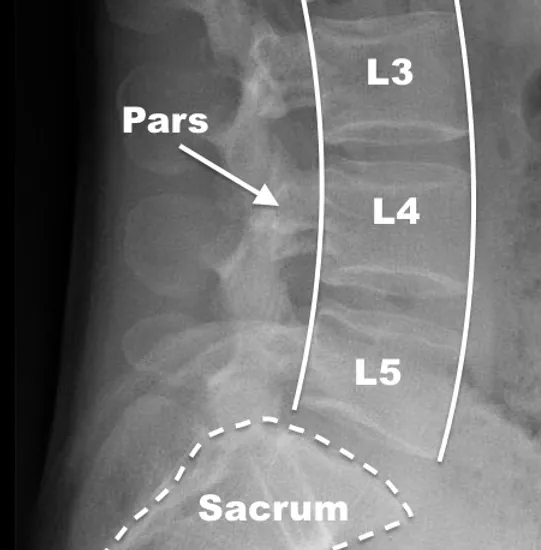
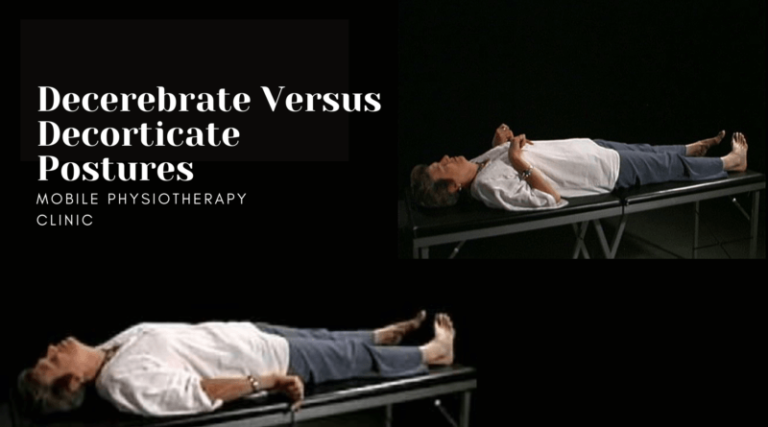
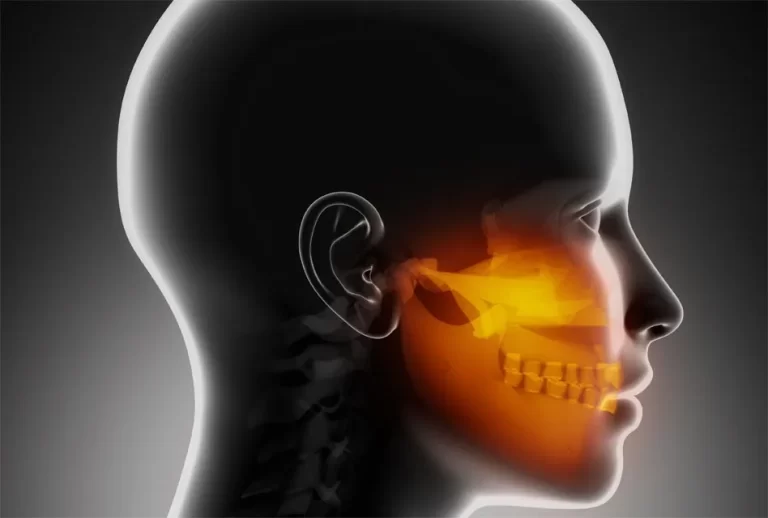
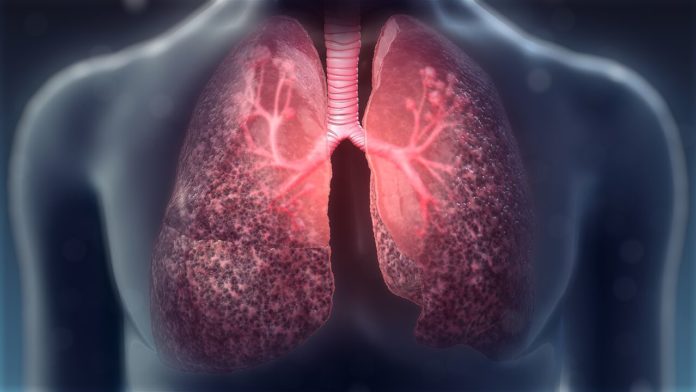
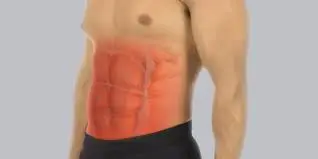
One Comment